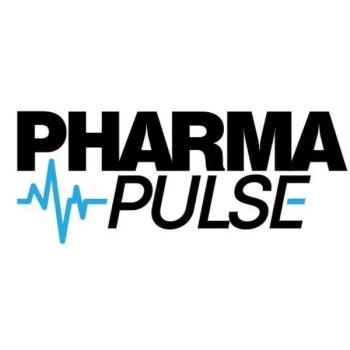
Access Insights 2024: Practicing Proactivity by Mapping Out Future Chessboard Moves
Session dives into how healthcare policy implementation impacts stakeholders long-term.
The Access Insights Conference carried on, and in his session on “Healthcare Policy Interpretation: Mapping Out the Third, Fourth, and Fifth Moves on the Chessboard,” Jeff Baab, partner, advisory services, IntegriChain, aimed to describe how the latest healthcare policies are impacting the industry.1
He profiled the first 10 drugs2 that were selected for prescription drug negotiations for individuals with Medicare Part D; described the converging industry pressures; contextualized the ripple of effect of possible wholesale acquisition cost (WAC) reductions; and explained the impact on the chessboard.
When it came to the drugs selected by the Centers for Medicare and Medicaid Services (CMS), Baab noted that we need to cut through a lot of white noise in order to better understand the first set of selected drugs, the final negotiated prices, and what this means for patients and our industry.
“It's kind of hard to make sense of what's going on here, especially if we don't go deep into how each of these products work, and what went into the discounts off of WAC, which are fairly misleading,” he explained. “What we'll start with is by recognizing that these products fall under different categories. Some of them fall under the short-term monopoly provision, while some of them fall under the long-term monopoly provision.”
The impact of maximum fair price
These drugs are being discounted by a range of anywhere between 38-79% off WAC, with the low and high sides being represented by AbbVie’s Imbruvica and Merck’s Januvia respectively. Typically, a selected drug has normally been on the market between 10 and 27 years, and the increase in list prices accumulate over time for the selected brands. For gross-to-net, deductions may exceed 80% for some brands, while commercial and Part D rebate levels could surpass 70%. The payer mix is divided by 43% commercial; 42% Medicare; 10% Medicaid; and 5% cash/other.
When it comes to the basics of maximum fair price (MFP)—beginning with Medicare Part D—pharmacies buy at MFP and get reimbursed at MFP plus the dispensing fee. However, payers are responsible for covering the selected drugs and there is a high chance of 340B duplicates. As for Part B, reimbursement shifts from the average sales price (ASP) + 6% (4.3%) to MFP + 6%. MFP discounts qualify for BP and ASP; since MFP is most likely to be lower than ASP, the margin on MFP is likely to be lower.
Removing the average manufacturer price cap; 340B insight
According to Baab, the materiality of average manufacturer price (AMP) cap removal can be important for specific brands, particularly if combined with MFP and 340B pressures. In an illustrative and hypothetical scenario that he provided, it would have resulted in a $189 million (1.9%) reduction of net sales.
The Inflation Reduction Act (IRA) notes that manufacturers are not required to provide both 340B discounts and an MFP, but rather the lower of the two amounts. And as of now, CMS has been on the record as saying they “will not, at this time, assume responsibility, for nonduplications of discounts between the 340B ceiling price and MFP.”
The logic in WAC reduction
When manufacturers decide to lower the WAC, it can result in:
- A decrease in 340B liabilities decreases as a percentage of gross sales
- An increase in net sales even with the decreases in gross sales
- A payer rebate percentage decreases
- A decrease in Medicaid rebates as a percentage of gross sales
Just for context, the annual WAC sales for first 10 chosen Medicare drugs in 2023 were in the $150-200 billion range; meanwhile, the yearly WAC sales for all of the US pharmaceutical industry was $917 billion, according to IntegriChain and IQVIA analysis respectively.
The moral of the story
At the end of the day, it’s apparent that the Medicare negotiations will be making waves across the sector.
One must remember that these negotiations go far beyond direct competitors and classes of the 10 drugs that were originally chosen. The negotiations can potentially remove billions from the ecosystem itself, impacting stakeholders across the pharma supply chain, which could result in more strategy, along with mergers and acquisitions.
References
1. Healthcare Policy Interpretation: Mapping Out the Third, Fourth, and Fifth Moves on the Chessboard. October 15, 2024. Access Insights Conference, Washington, DC.
2. Saraceno N. Medicare Unveils Results of First-Round Drug Price Negotiations. Pharmaceutical Commerce. August 16, 2024. Accessed October 17, 2024.
Newsletter
Stay ahead in the life sciences industry with Pharmaceutical Commerce, the latest news, trends, and strategies in drug distribution, commercialization, and market access.




